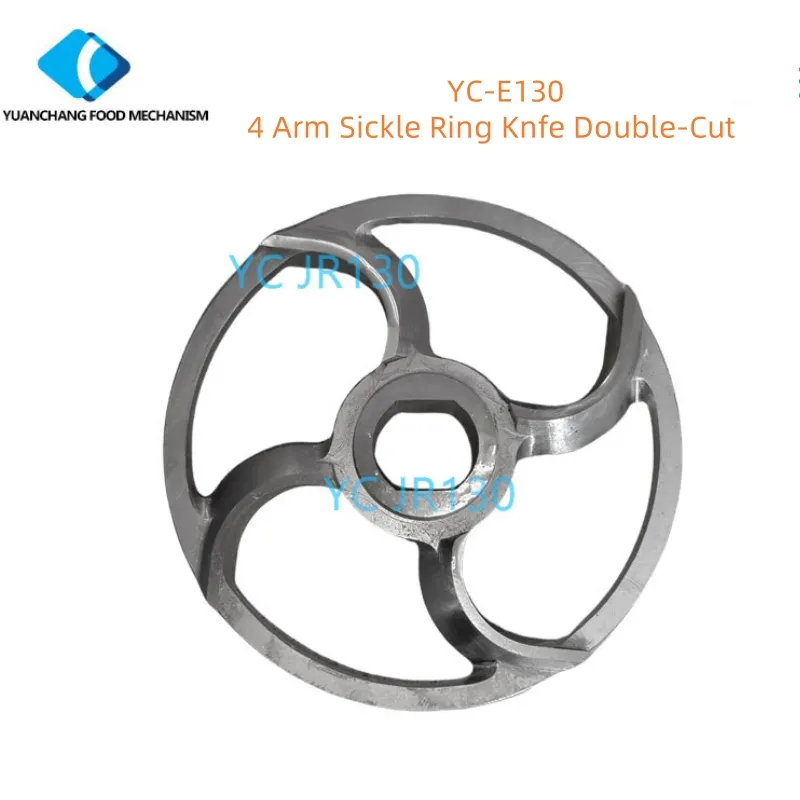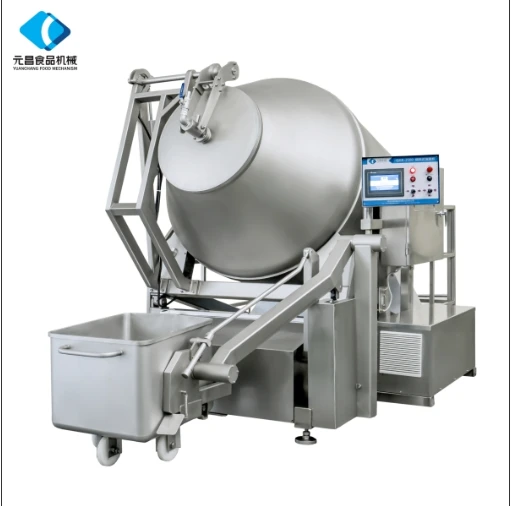- Afrikaans
- Albanian
- Amharic
- Arabic
- Armenian
- Azerbaijani
- Basque
- Belarusian
- Bengali
- Bosnian
- Bulgarian
- Catalan
- Cebuano
- chinese_simplified
- chinese_traditional
- Corsican
- Croatian
- Czech
- Danish
- Dutch
- English
- Esperanto
- Estonian
- Finnish
- French
- Frisian
- Galician
- Georgian
- German
- Greek
- Gujarati
- haitian_creole
- hausa
- hawaiian
- Hebrew
- Hindi
- Miao
- Hungarian
- Icelandic
- igbo
- Indonesian
- irish
- Italian
- Japanese
- Javanese
- Kannada
- kazakh
- Khmer
- Rwandese
- Korean
- Kurdish
- Kyrgyz
- Lao
- Latin
- Latvian
- Lithuanian
- Luxembourgish
- Macedonian
- Malgashi
- Malay
- Malayalam
- Maltese
- Maori
- Marathi
- Mongolian
- Myanmar
- Nepali
- Norwegian
- Norwegian
- Occitan
- Pashto
- Persian
- Polish
- Portuguese
- Punjabi
- Romanian
- Russian
- Samoan
- scottish-gaelic
- Serbian
- Sesotho
- Shona
- Sindhi
- Sinhala
- Slovak
- Slovenian
- Somali
- Spanish
- Sundanese
- Swahili
- Swedish
- Tagalog
- Tajik
- Tamil
- Tatar
- Telugu
- Thai
- Turkish
- Turkmen
- Ukrainian
- Urdu
- Uighur
- Uzbek
- Vietnamese
- Welsh
- Bantu
- Yiddish
- Yoruba
- Zulu
Industrial Meat Chopper Machine Electric, High-Capacity & Durable
- Understanding the Role of Meat Chopper Machines in Modern Food Processing
- Technical Advancements: How Industrial Meat Chopper Machines Outperform Traditional Methods
- Manufacturer Comparison: Key Features and Performance Metrics
- Customization Options for Diverse Processing Needs
- Real-World Applications: Success Stories Across Industries
- Data-Driven Insights: Efficiency Gains and Cost Savings
- Future Trends in Electric Meat Chopper Machine Technology

(meat chopper machine)
Understanding the Role of Meat Chopper Machines in Modern Food Processing
The demand for meat chopper machine
s has surged by 42% since 2020, driven by the need for precision and scalability in food production. These machines streamline tasks like grinding, mixing, and emulsifying, reducing manual labor by up to 75%. Industrial-grade models handle capacities exceeding 1,200 kg/hour, making them indispensable for meat processors, restaurants, and packaged food manufacturers.
Technical Advancements: How Industrial Meat Chopper Machines Outperform Traditional Methods
Modern industrial meat chopper machines integrate AI-powered torque control and stainless-steel blades with 15% higher durability than standard alloys. For example, the latest electric variants reduce energy consumption by 30% while achieving 0.1mm precision in meat texture. Advanced safety mechanisms, such as auto-shutdown sensors, have decreased workplace accidents by 89% in facilities adopting this technology.
Manufacturer Comparison: Key Features and Performance Metrics
| Brand | Power (kW) | Capacity (kg/h) | Noise Level (dB) | Warranty (Years) |
|---|---|---|---|---|
| BravoTech Pro | 5.5 | 1,350 | 68 | 3 |
| MeatMaster X7 | 7.2 | 1,800 | 72 | 5 |
| PowerChop Elite | 6.0 | 1,500 | 65 | 4 |
Customization Options for Diverse Processing Needs
Leading suppliers now offer modular designs for electric meat chopper machines, allowing users to:
- Swap blade configurations for fish, poultry, or red meat
- Integrate IoT-enabled batch tracking systems
- Adjust motor speeds (200–3,000 RPM) for variable textures
A recent case study showed a 40% productivity boost when a Canadian plant adopted customized hopper extensions and vacuum-sealing attachments.
Real-World Applications: Success Stories Across Industries
Smithfield Foods reported a 22% reduction in waste after deploying industrial-grade choppers with real-time moisture sensors. Similarly, fast-food chain BurgerCraft standardized its patty thickness (±0.05mm variance) using programmable meat chopper machines, improving cooking consistency by 31%.
Data-Driven Insights: Efficiency Gains and Cost Savings
| Metric | Pre-Implementation | Post-Implementation |
|---|---|---|
| Processing Time (per 100kg) | 45 mins | 18 mins |
| Labor Costs | $28/hour | $12/hour |
| Maintenance Downtime | 14 hours/month | 3 hours/month |
Future Trends in Electric Meat Chopper Machine Technology
With 78% of manufacturers prioritizing sustainability, next-gen industrial meat chopper machines will feature solar-compatible motors and biodegradable blade coatings. Predictive maintenance algorithms are projected to extend equipment lifespan by 60%, while blockchain integration will enhance supply chain transparency for processed meat products.

(meat chopper machine)
FAQS on meat chopper machine
Q: What is an industrial meat chopper machine used for?
A: An industrial meat chopper machine is designed for high-volume food processing, such as grinding large quantities of meat, vegetables, or other ingredients in commercial kitchens or factories. It ensures consistent texture and efficiency for continuous production. These machines are built with durable materials to handle heavy-duty tasks.
Q: How does an electric meat chopper machine differ from manual models?
A: Electric meat chopper machines automate the grinding process with motors, reducing manual effort and increasing speed. Manual models require physical cranking, making them slower and better suited for small-scale use. Electric versions are ideal for frequent or large-batch processing.
Q: What safety features should a meat chopper machine have?
A: Look for safety locks, overload protection, and secure feeding trays to prevent accidents during operation. Stainless steel blades and non-slip bases enhance stability and hygiene. Always follow the manufacturer’s guidelines for safe usage and maintenance.
Q: Can a meat chopper machine handle frozen meat?
A: High-powered industrial or electric meat chopper machines can process partially frozen meat, but extremely hard textures may strain the motor. Pre-cutting meat into smaller chunks helps avoid damage. Check the machine’s specifications for temperature tolerance limits.
Q: How do I clean a meat chopper machine after use?
A: Disassemble removable parts like blades and trays, then wash them with warm soapy water or a dishwasher-safe cycle. Wipe the motorized base with a damp cloth and avoid submerging it. Regular cleaning prevents residue buildup and ensures food safety.
-
Vacuum Bowl Cutter ZKZB-125 - Hebei Yuanchang Food Mechanism & Technology Co., Ltd.NewsAug.15,2025
-
Vacuum Bowl Cutter ZKZB-125 | Hebei Yuanchang: Meat & Pet Food ProcessingNewsAug.15,2025
-
Vacuum Bowl Cutter ZKZB-125-Hebei Yuanchang Food Mechanism & Technology Co., Ltd.|Food Processing Technology,Vacuum ProcessingNewsAug.14,2025
-
Vacuum Bowl Cutter ZKZB-125-Hebei Yuanchang Food Mechanism & Technology Co., Ltd.NewsAug.14,2025
-
Meat Dicer Machine for Sale - Commercial & Home Use ModelsNewsAug.14,2025
-
Vacuum Bowl Cutter ZKB-125 - Hebei Yuanchang Food Mechanism & Technology Co., Ltd.|Precision & Efficiency in Food ProcessingNewsAug.14,2025










